The Hyde Park Picture House in Leeds, West Yorkshire, is the last gaslit movie theater in the world. Dedicated to preserving the history of film and a stalwart in the local community, the charming story of the building includes 100-year old ice creams, young love and more vintage projectors than the team know what to do with.
We were lucky enough to take a tour around the historic building, recently reopened after a two-year refurbishment.
Written by: James Harvey
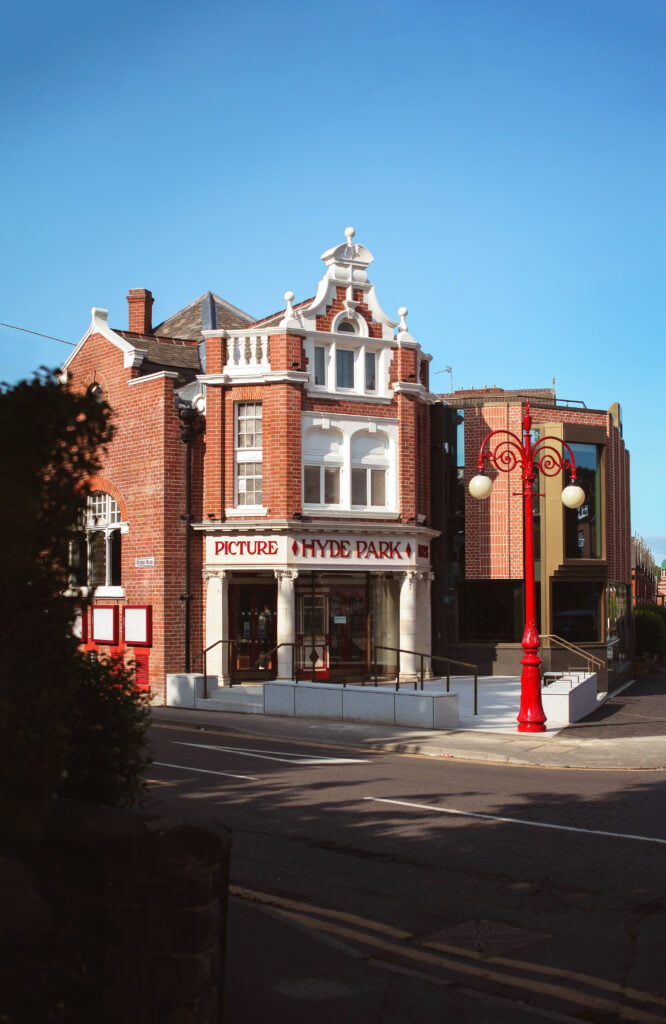
As you enter the main auditorium of the Hyde Park Picture House, the first thing you notice is the gentle hiss of the nine orange gas lamps lining the walls. When the movie theater in northern England was built in 1914, these lamps were commonplace tools to help punters find their seats during a film. Now, they’re the last lights standing in an industry that’s usually replaced them with LEDs.
But these lamps only tell part of the Hyde Park Picture House’s story. Committed to maintaining the same cinematic experience it has for the last hundred years and packed with history, the theater stands as a living monument to the many golden ages of cinema, tucked away in a quiet corner of Leeds, West Yorkshire.
With its original 275-seat auditorium still intact after an extensive refurbishment project, Hyde Park might not be the oldest cinema in the world – that honor belongs to France’s Eden Theâtre, which opened in 1899 – but its century-old façade has lived through two world wars and a global pandemic.
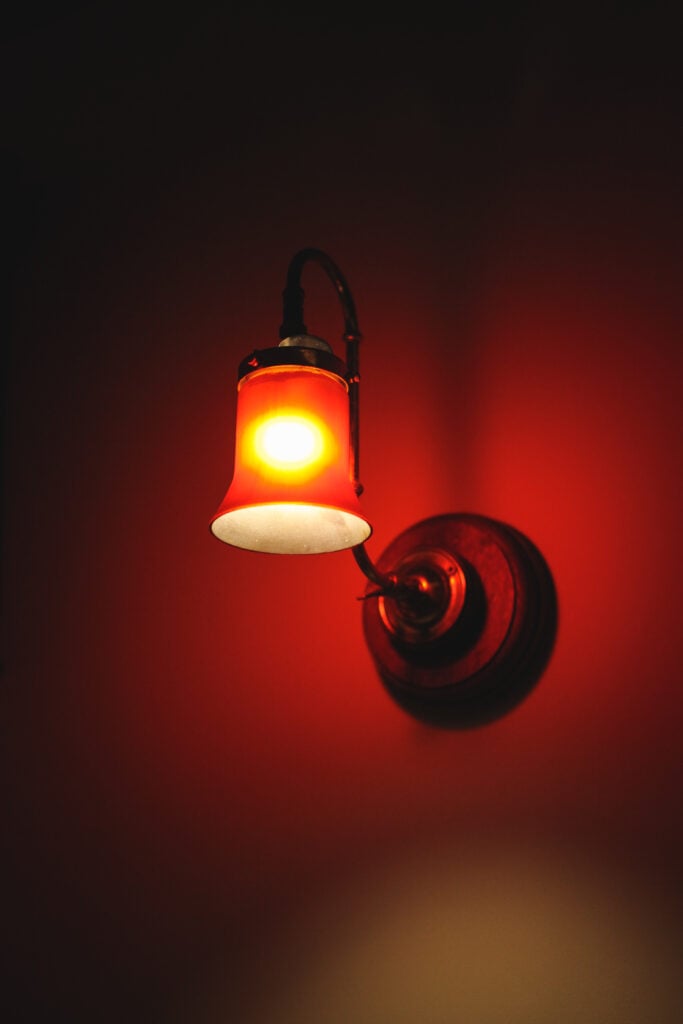
Those famous lamps have seen a lot of changes. In the 21st century, the act of going to the pictures is a very different experience to a hundred years ago.
Hyde Park Picture House reopened in 2023 after shutting its doors for just over two years. It’s had a bit of a spruce up during that time. The team behind the refurbishment sought out local experts, often some of the last craftspeople in their field, to fix everything from gas lamps and mosaics to the iconic Grade II listed lamppost outside the front door.
Approaching the Picture House’s entrance, an old external ticket booth stands pride of place in a new porch area to protect it from the elements. Though you can’t buy a ticket for Barbie there yet, plans for the space range from a secondary box office to an audio history of film and the building. Either would be fitting for a theater with twin goals of maintaining and explaining a classical cinematic experience.
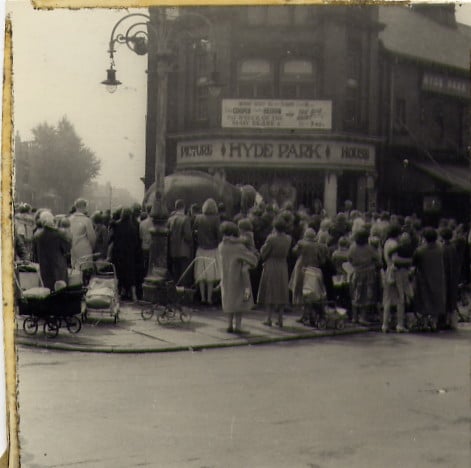
The beautiful mosaic floor in the foyer is the very same one that welcomed guests while the First World War was still raging, newly restored after it was discovered underneath layers of tiles and carpet glued to the surface. As you enter the auditorium, doors which saw the coming and going of the silent era swing open on newly automated hinges. Even the toilets are lovingly restored originals from the early 20th century.
The renovations also gave the theater a new role as an accidental time capsule. Underneath old floorboards the team found everything from Bingo cards to cigarette packets, programmes to ticket stubs stretching back as far as the 1930s. Together they provide a fascinating insight into life at the movies over the last century.
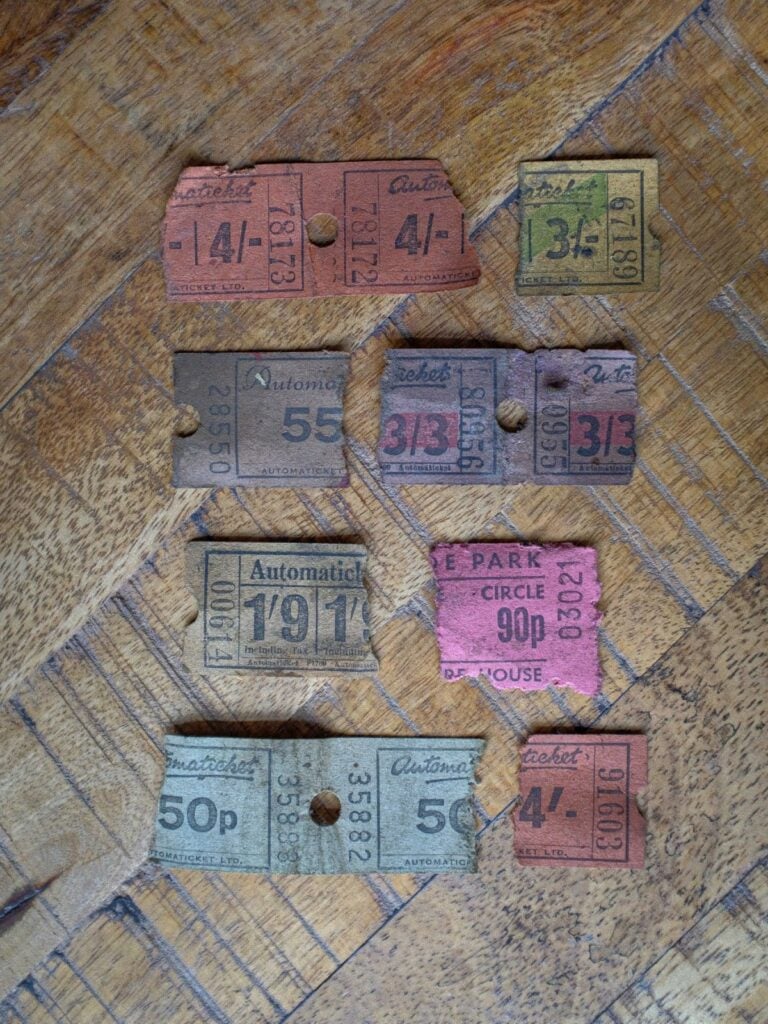
Approaching the snack counter, besides the usual confectionary and popcorn sits a selection of treats from local retailers. One supplier, Elly Robinson’s That Old Chestnut, is kept on speed dial for the many flavours of tiffin (a traditional Scottish traybake made from chocolate and crumbled biscuits) she bakes out of her garden. Her exclusive list of clients includes two nearby nature reserves and a house plant café.
When Hyde Park Picture House first opened, snacks weren’t the cinematic staple they are today. In the silent era, many ‘picture palaces’ either banned food entirely to maintain their up-market feel, or relied on enterprising street vendors to gather outside or stroll down the aisles with candy and ice creams. Popcorn might be synonymous with the movies now, but originally the crunchy snack was particularly frowned upon, largely because kernels are a pain to brush out of carpets. It was only with the arrival of sound that more theaters began selling their own food in the foyer to prop up their income during times of economic downturn.
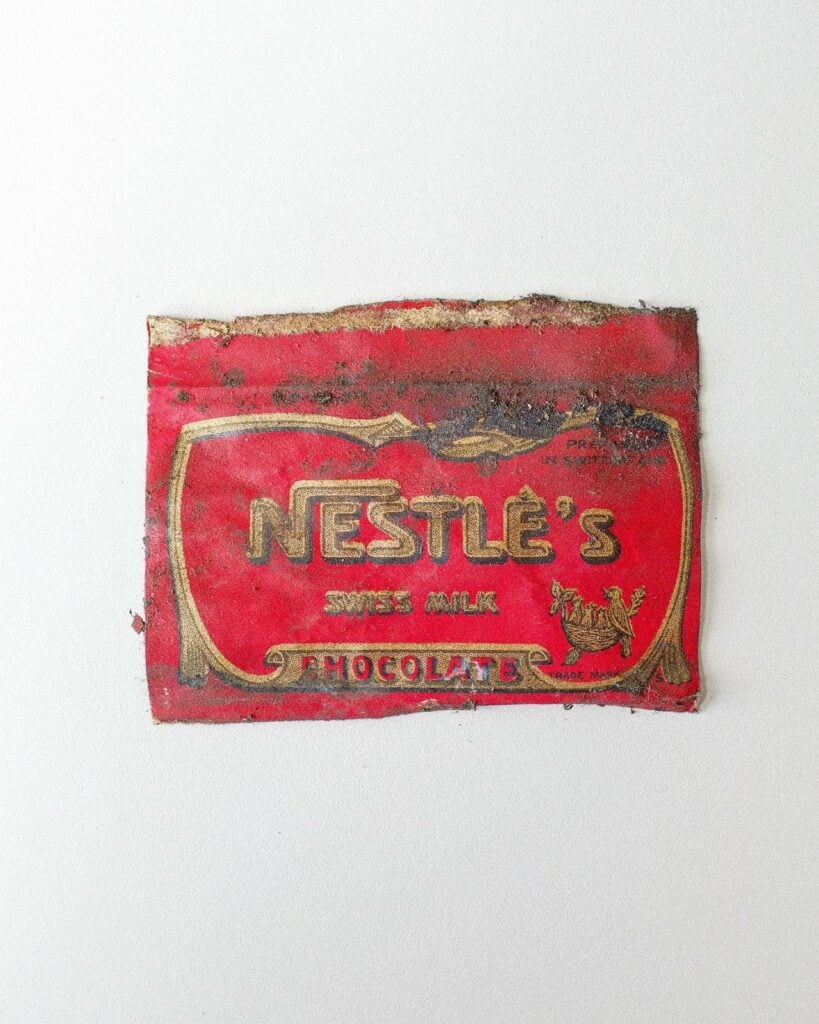
Entering the main auditorium proper, you’re confronted with a beautiful cinema space which, according to locals, looks just as it did when the place closed down in 2020 – with a bit of a tidy up. As one of the last classical independent theaters standing in Leeds, it’s found itself home to a variety of bits and pieces donated from its former contemporaries, including a pair of chandeliers and an in-screen clock from the oldest theater in the city – the Gourmont Cinema, since taken over and renamed the O2 Academy.
Unsurprisingly, the classical décor and local reputation have made Hyde Park a popular wedding venue. Almost every seat in the auditorium has a tiny plaque dedicating it to one of the theater’s sponsors, and the place is littered with couples whose first dates to wedding receptions took place beneath the screen’s red velvet curtain. With a new license in place following the renovations, cinephiles can now even read their wedding vows by gaslight.
READ MORE: Where was the first underground metro system in the world?
The main screen itself, though it’s been replaced dozens of times over the years, has seen everything from silent newsreels to Marvel’s Black Panther. Until the 21st century, everything was projected as it had been since 1914 – on film.
Hyde Park is one of just two commercial theaters in the city that still show movies on film. As multiplexes around the world have almost completely transitioned to the much easier to operate digital projectors, the team in Leeds are still using a pair of 35mm projectors from the 1970s.
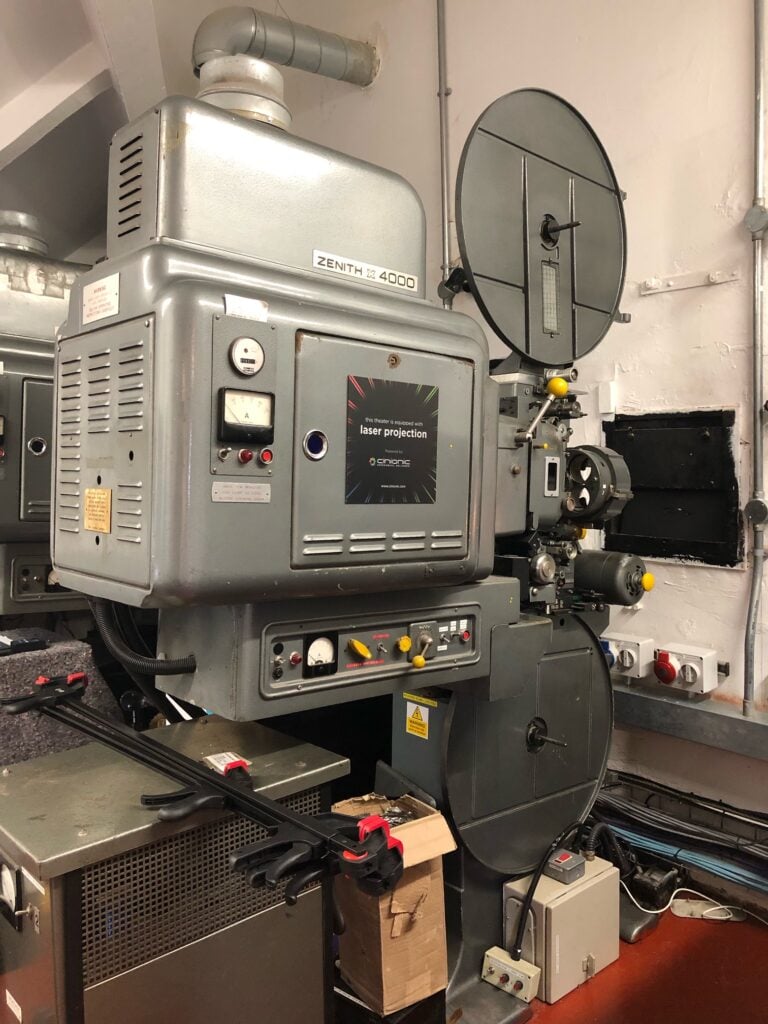
As any cinephile will tell you, showing movies on film isn’t just a blast for the past for its own sake. Huge directors like Quentin Tarantino have been working to keep movies shot and presented on film since digitization started in the 1990s.
Christopher Nolan, director of massive blockbusters including The Dark Knight and this year’s Oppenheimer, said in 2018 that film is “still the best analog for the way the eye sees that has ever been produced.” Lots of filmmakers prefer to shoot and present their movies on film because it creates deeper images with better contrast between colors. Watching a movie from a film projector, you can even hear the whir of the reel humming in the background.
To keep all these projectors up and running, Hyde Park is one of the last theaters in the area to employ a team of seven projectionists – technical experts whose roles now encompass everything from setting up film reels to fixing the lights in the upstairs bathroom.
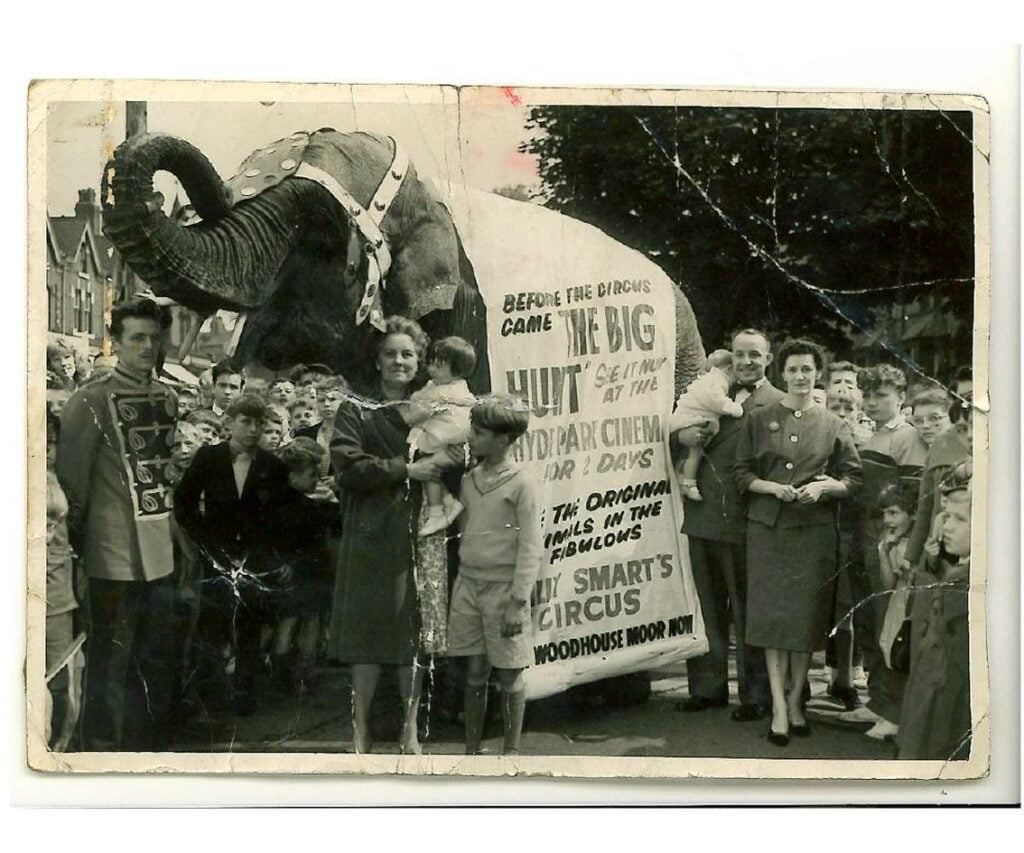
With the advent of digital projection, most multiplexes have long submerged the projectionist role into their front-of-house staff responsibilities. With fewer and fewer theaters showing movies on film, there’s a real risk that this historic skill is becoming a dying art.
But running an independent cinema in 2023 isn’t without its challenges. Older audiences, the theater’s marketing and communications manager Ollie Jenkins told me, still haven’t returned in big numbers after the pandemic.
READ MORE: What was the first movie ever made?
To combat the dangers posed by big multiplexes and streaming, Hyde Park Picture House packs its schedule with the kind of events and experiences that the online world can’t replicate. From ‘Film School in a Day’ events about the history of cinema to special ‘Memory Matinees’ to give the gift of film to audiences living with dementia, the theater prides itself on being an important focal point in the local community.
As the credits roll on the latest 35mm documentary and we step out to find a school group excitedly drawing Wallace & Gromit cartoons in the foyer, it’s easy to see why the community has fallen in love with this place. The days of crowds queuing round the block for the latest blockbuster release might be over – but at the Hyde Park Picture House, there’s a nostalgic sense that movies are still the most important thing in the world.
Words by James Harvey





